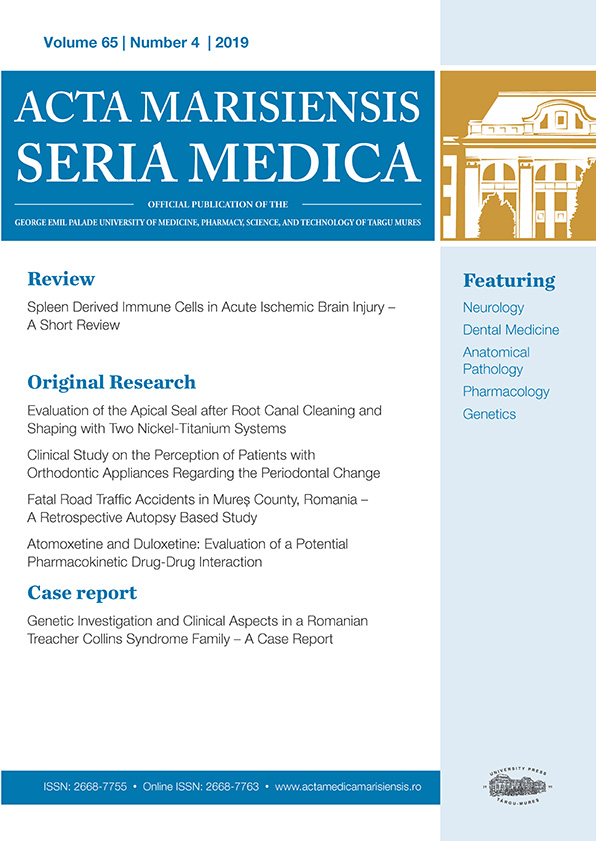Predictors of mortality in patients with early versus late onset of septic shock. A prospective, observational and comparative pilot study.
Abstract
Introduction: Outcome and predictors of early- and late-onset septic shock are still controversial. The aim of the study was to compare the relevant predictors of 28-day mortality in early- and late-onset septic shock and other non-septic critical illnesses.
Material and Methods We conducted a prospective, observational, pilot study. A group of 46 patients with early septic shock and 42 non-septic critically ill patients from the emergency department and 56 patients with late septic shock from the hospital were enrolled. On admission to the ICU, the most important potential predictors of 28-day mortality were assessed.
Results: In terms of predicting 28-day mortality, a higher mNUTRIC score was the only common predictor for all three groups. Multi-drug resistant (MDR) bacterial aetiology was a common predictor in both forms of septic shock. Older age, female gender, increased neutrophil-to-lymphocyte ratio (NLR) and increased need for vasoactive agents were common predictors in late septic shock and non-septic critically ill patients. Increased red blood cell distribution width coefficient of variation (RDW-CV) was predictor in early septic shock and non-septic critically ill patients. Central venous-arterial carbon dioxide difference (Pcv-aCO₂) was predictor in patients with early septic shock. Inflammatory index and MDR carrier status were predictors in non-septic critically ill patients.
Conclusions:
A higher mNUTRIC score is a predictor of 28-day mortality in early and late septic shock and in critically ill non-septic patients. MDR aetiology was predictive of 28-day all-cause mortality in both types of septic shock, and Pcv-aCO2 was predictive in patients with early septic shock.
Copyright (c) 2024 Constantin Bodolea, Ioana Denisa Botoș, Ovidiu Marcel Negrău, Carmen Pantiș, Elisabeta Ioana Hirișcău, Cosmin Ion Puia, Mihai Octavian Botea

This work is licensed under a Creative Commons Attribution 4.0 International License.









